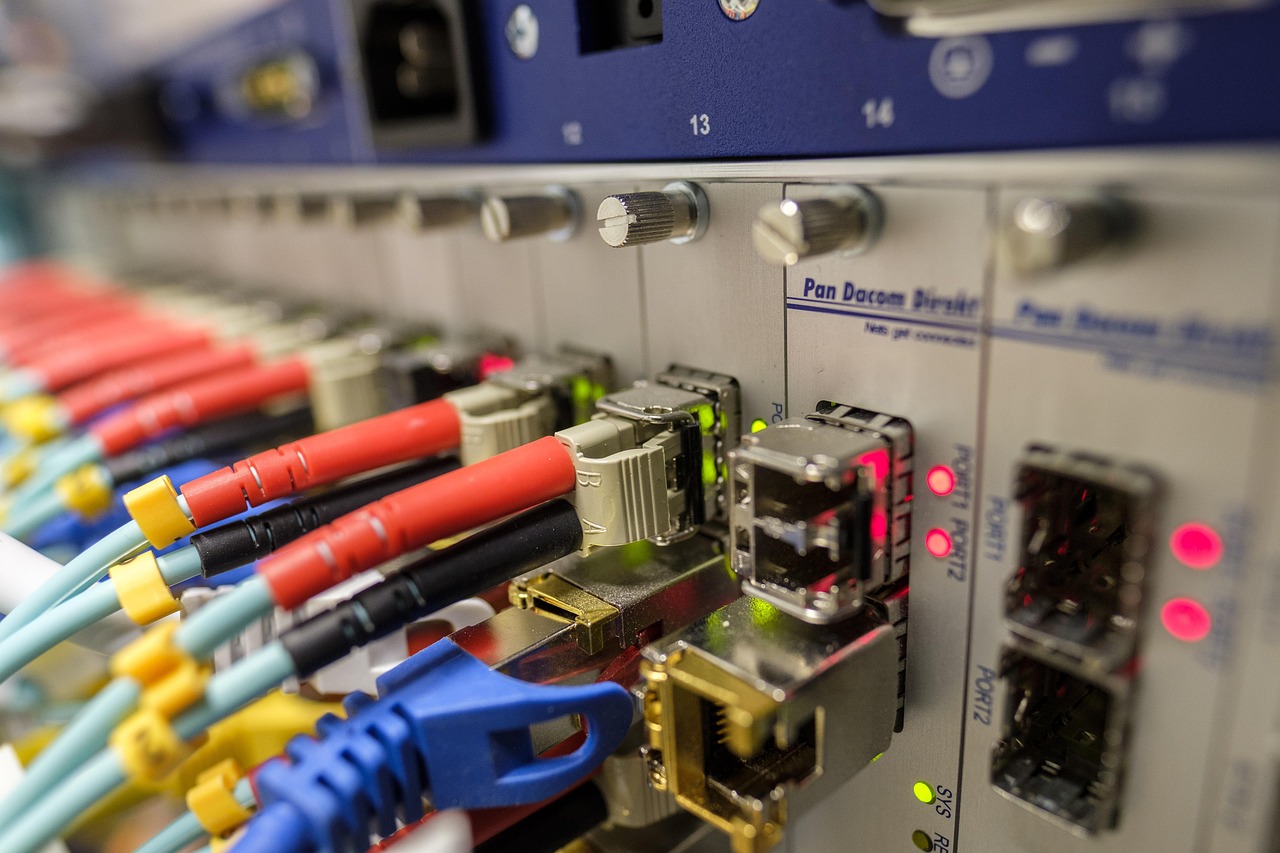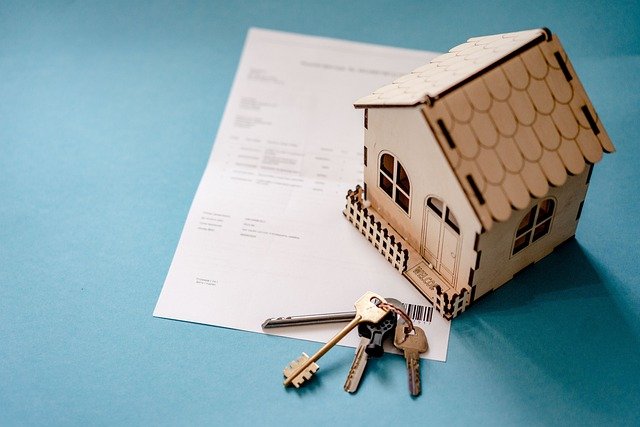From Dial-Up to DSL: The Transformation of Internet Connectivity
The early days of the internet were marked by slow speeds and noisy connections. The dial-up era, which started in the late 1980s, was a time when connecting to the internet involved dialling a telephone number through your computer's modem. The process was notoriously slow, often hampered by busy signals, and the maximum speed was just 56 kilobits per second (Kbps). However, this was the beginning of an era, and the foundation of the internet as we know it today.

The Advent of Broadband: DSL and Cable
The turn of the century brought about the advent of Broadband internet, a significant leap from the days of dial-up. Broadband connections, including Digital Subscriber Line (DSL) and cable internet, offered much faster speeds, ranging from 1 megabit per second (Mbps) to 100 Mbps. These connections did not tie up the phone line and offered a more reliable and faster internet experience. DSL, in particular, became popular because it could be delivered over existing telephone lines, making it a convenient upgrade for many households.
The Current State: Fiber Optics and Beyond
The advancements didn’t stop at DSL and cable. The introduction of fiber optics marked a significant shift in internet connectivity. Fiber optic cables, comprised of thin strands of glass or plastic, transmit data as pulses of light. This technology provides incredibly fast internet speeds, often exceeding 1 gigabit per second (Gbps), dramatically enhancing the user experience. However, the cost and logistical challenges of installing new fiber optic networks have limited its widespread adoption.
Regulatory Changes and Their Impact
Regulatory changes have always played a significant role in the development and deployment of new technologies. The internet is no exception. For instance, the Federal Communications Commission’s (FCC) decision to classify broadband as a telecommunications service in 2015 had far-reaching implications for internet service providers (ISPs). This reclassification, also known as the “Open Internet Order,” established three primary rules: no blocking, no throttling, and no paid prioritization. These rules aimed to ensure net neutrality and prevent ISPs from controlling or influencing internet traffic.
The Future: Looking Beyond Speed
As we move forward, the focus of internet connectivity will shift beyond speed. The next generation of internet technology will prioritize reliability, latency, and capacity. These improvements will pave the way for emerging technologies like autonomous vehicles, smart cities, and the Internet of Things (IoT), all of which require robust and reliable internet connections. Despite the challenges and uncertainties, the future of internet connectivity promises to be exciting and transformative.
From noisy dial-ups to lightning-fast fiber optics, the journey of internet connectivity has been a remarkable one. As we stand on the brink of another technological leap, it’s fascinating to look back and marvel at how far we’ve come. At the same time, it’s equally exciting to look forward and imagine what the future holds. As the internet continues to evolve, so too will our connection to the world.





